-by Greg Hoots-
I once asked Daddy when he started collecting arrowheads, and he said that when he was about ten or eleven years old, he found his first arrowhead in his mother’s garden. I once asked Mama her first recollection of Daddy hunting arrowheads, and she replied, “Well, he went arrowhead hunting on our honeymoon!” The couple had taken a bus to Mammoth Springs, Arkansas where they had rented a cabin on the Spring River. The opportunity to walk the stream bank in search of ancient stone artifacts was powerfully tempting to a young man from the Ozarks who had spent the last two and a half years on the other side of the world.
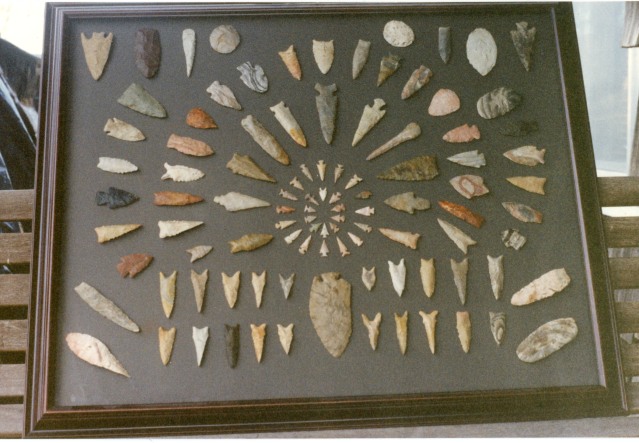
From the Carl F. Hoots Collection
Daddy had hunted arrowheads as a youth along the Upper White River, before the Norfork Dam construction began in 1941. He once told me that his collection included “the really good stuff…the long stuff”, referring to arrowheads and stone tools that exceeded six-inches in length. He remembered fondly how plentiful arrowheads were along the White River before the lake was constructed, flooding scores of prehistoric villages where he had hunted artifacts.
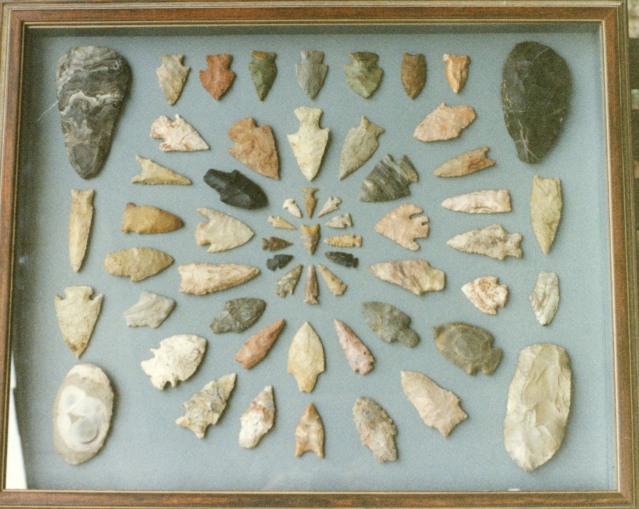
From the Carl F. Hoots Collection.
Throughout Daddy’s youth, he and his parents moved frequently as his father searched for work throughout the Great Depression. In the 1937-1938 school year Daddy’s family lived in Van Buren, Missouri, a spot that probably offered lots of opportunities to hunt arrowheads. From the time his family returned to West Plains for his senior year of high school, 1938-1939, until his enlistment in the army in December of 1941 would have been his best opportunity to hunt arrowheads. He had built a new home for his parents before leaving for the Army, and he left his arrowhead collection in his parents’ custody. When he returned in the summer of 1944, his arrowheads were gone. His parents had lived in Fort Leonard Wood in 1942 and 1943 and had not taken the “rocks” with them. By the time he returned to West Plains in early June of 1944, his arrowhead collection was gone. The loss left a bitter taste in his mouth for years. He told me when we were looking at some of his arrowheads, “the places I had been and the things I had done, you’d think they could have held onto my arrowheads.”

This view from the West Plains Daily Quill, taken in about 1966, shows Daddy teaching members of Boy Scout Troop 61 about prehistoric Indian artifacts.
Daddy’s obsession for hunting arrowheads developed fully in about 1960. It was shortly after moving to 734 Olive Street in West Plains in 1960 that Daddy began his frequent trips to Norfork Lake to hunt arrowheads. They were family events where we all piled into the car and drove 30 miles or so to the lake. Some of our favorite spots were on the upper reaches of Norfork, where the lake begins at the confluence of the North Fork River and Bryant Creek. We loved going to Tecumseh, Missouri where the river waters were still spring-fed and cold, allowing the opportunity for us kids to swim, or in my case, fish, while Daddy hunted arrowheads. Another favorite hunting spot for Daddy was at Udall, the site of a prehistoric village dating more than 10,000 years old.
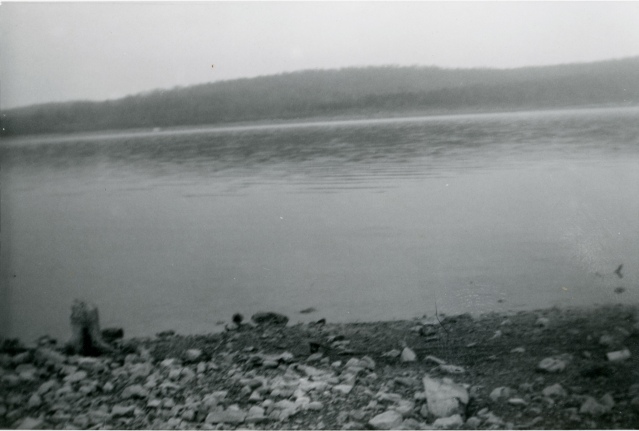
The upper arms of Norfork Lake are narrow, the opposite shorelines are easily visible. This view was taken near Udall in the 1960s.
We never dug the ground for arrowheads, we simply walked the banks of the lake where erosion from hard rains would remove the top layer of sand, revealing artifacts from thousands of years ago. Another favorite spot was at “Robbins Field” near Smokey Road Camp near Tecumseh. It was a small field, probably not more than twenty acres in size, along a high bank, not far from Bridges Creek. The Missouri Conservation Commission plowed the field in the spring, planting grain crops to be consumed by migrating birds in the fall. When the sandy soil was plowed, Daddy might go to Robbins field every day when conditions were perfect. He found thousands of “bird points” tiny ornamental arrowheads, in the sandy soil of Robbins Field. I recall finding two very nice knives, one of gray and white banded flint and the second one a solid white oval, both in Robbins Field.
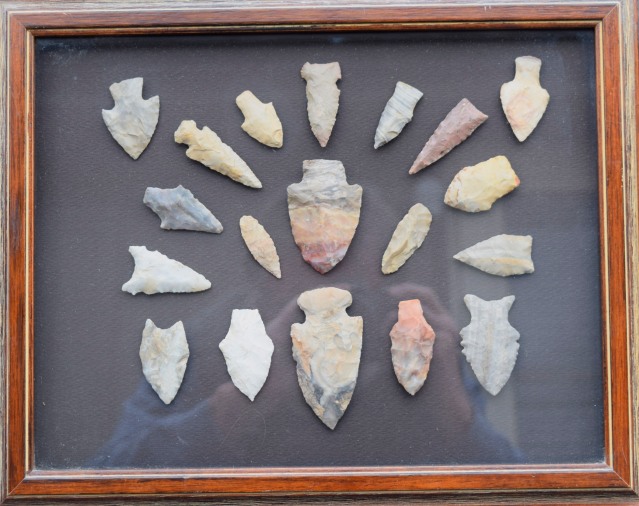
From the Carl F. Hoots Collection
Daddy’s collection grew in leaps and bounds. I’d often hunt with him, or sometimes I would fish along the lake shore as he walked ahead, finding arrowheads. Sometimes he’d let me go first into a particularly good area, allowing me the opportunity to pick up the more obvious finds. Invariably, I would walk past arrowheads that he would pick-up, asking me why I missed it. More often, he led the hunt, out-walking me by miles. I remember once we were five or six miles from the car and Daddy found a huge prehistoric grindstone, a metate. The stone probably weighed 75-pounds, and it had no handle. He carried it for miles. Finally, exhausted, he hid it behind a big tree stump, covering it with brush, and the next day he returned refreshed, and retrieved the stone tool. I’ve hunted with Daddy more than once when he would find 100 artifacts in one day.
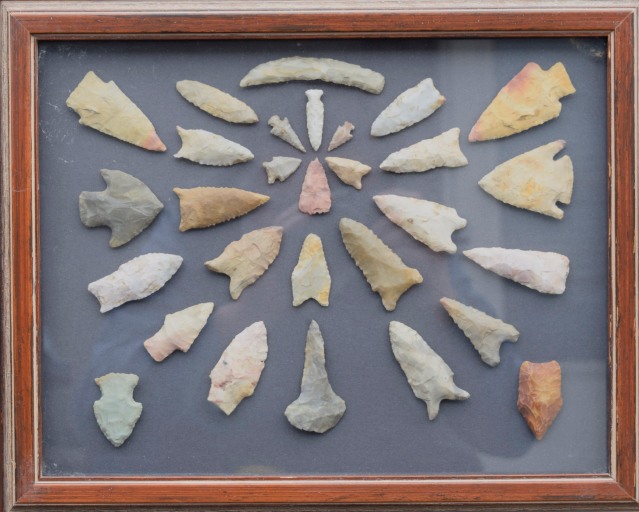
From the Carl F. Hoots Collection
In the mid-1960s, Daddy authored a detailed letter to Carl Chapman, the head of the archaeology department at the University of Missouri, detailing the significant archaeological finds that Daddy had discovered on Norfork Lake. In that letter, Daddy noted the large proportion of Paleo-era tools included in the finds along the upper White River. Chapman replied, dismissing Daddy’s “amateur” findings, saying that his staff had already explored the area and had found no significant sites of archaeological value. Daddy was angered by the reply, and there was no single factor that motivated him more to expand his explorations of the sites on the upper arms of Norfork Lake than Chapman’s dismissal of its merit.
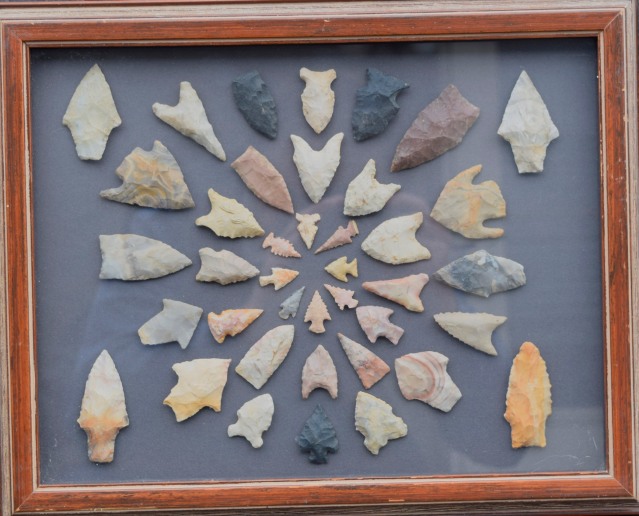
From the Carl F. Hoots Collection.
Daddy stored his arrowheads in cigar boxes that he got from Charlie Phelps who sold cigars at his gas station on 1st Street in West Plains. For entertainment, Daddy would often pick a cigar box, and take all of the arrowheads out of the box, examining each one carefully. I remember one such time in the early 1970s, Daddy had selected a particular cigar box that contained some his finest artifacts, and he seated himself on the oak floor of the living room while we were watching television. His very delicate artifacts were stored folded in paper towels so not to touch one another inside the box. He picked one such folded towel from the box, and an awl, four-inches in length, made of a thin, pink flint, slipped from the folds of the towel and dropped onto the floor, breaking in half. I remember the look on Daddy’s face, and as he turned red, I could tell he was really angry, but he just he picked the two pieces from the floor and said, “Well, that’s that.” Later he glued the broken pieces together, so carefully, that only a trained eye could discern the fissure, but Daddy remembered it.

These two cigar boxes of arrowheads are from the Carl F. Hoots Collection.
Daddy pretty much stopped hunting arrowheads in the early 1970s. He complained to me that “too many people are hunting, and that there just aren’t a lot left, like there used to be.” Of course, in 1969, he began work on Ozarka Village at West Plains, where he had over 10,000 of his prehistoric artifacts on display in his one-of-a-kind man-made cave. After the failure of Ozarka Village, Daddy’s arrowhead hunting days were few and far between. His collection was complete, and his primary focus was to find a place for public display of his arrowheads.
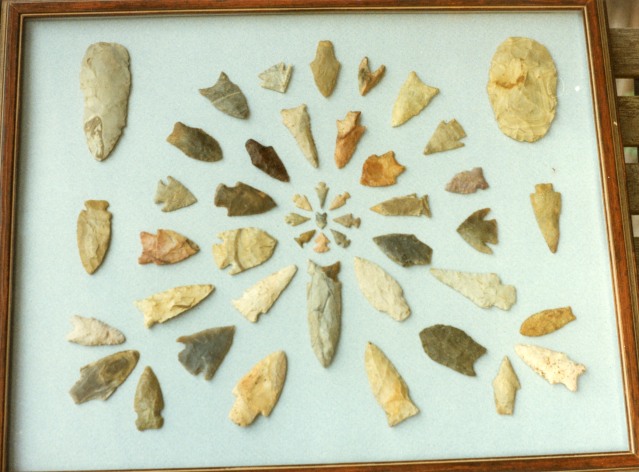
From the Carl F. Hoots Collection
In the early 1980s, Daddy approached the City of West Plains, where he had spent his entire life, asking them to let him turn a city-owned house, the Hogan home, located in the City Park, into an Indian artifact museum. He met with the City Council, showing several hundred arrowheads to the council members and an archaeologist from Southwest Missouri State University. After a short discussion, the City Council told Daddy that they might be interested in a small sample of his collection, maybe a couple boards, to “put somewhere, maybe the Harlin Museum”, an offer which angered Daddy considerably. He replied to the council that there was nothing small about his collection, and he packed his arrowheads and left the meeting.

From the Carl F. Hoots Collection
In late 1983 Daddy suffered a debilitating stroke that left him bedfast for four and a half years until his death in 1988. He would never hunt arrowheads again. In June of 1988 Daddy was hospitalized in West Plains from an infection related to a feeding tube which was implanted in his stomach. He was scheduled for surgery, and the night before his operation he instructed Mama to go home and bring him a very, very specific cigar box of arrowheads that he could examine. Mama told him that she couldn’t bring arrowheads to him at the hospital, a reply that Daddy did not accept. Mama dutifully went home and found the particular box that he wanted to see, and took it back to the hospital to his bed. Daddy removed the arrowheads, one-by-one, recollecting to Mama where and when he had found it. The next day, Daddy had a ten-hour surgery, and five days later he died from complications from the surgery.
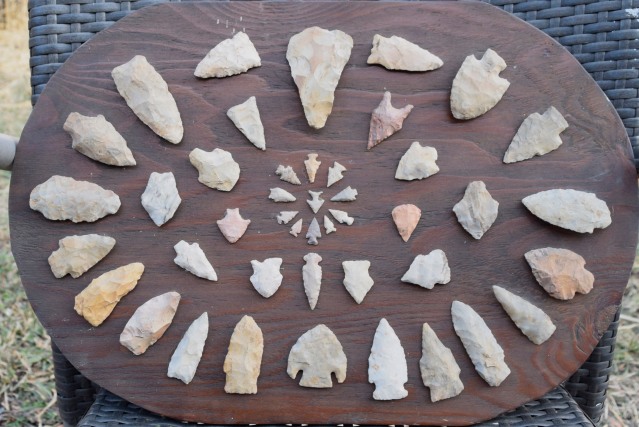
My dad, Carl Hoots, gave me this board of arrowheads in 1978.
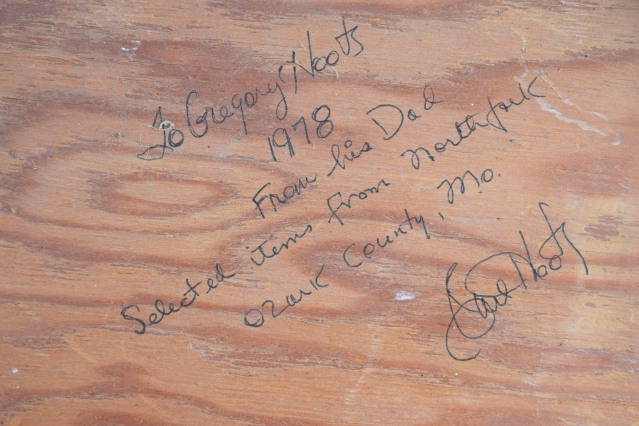
Carl F. Hoots autographed this board of arrowheads, given to this author in 1978.
Carl Hoots penned this map in the 1970s, defining the sites in the Udall Complex, located on the upper White River in Ozark County, Missouri.

This map of the Udall Complex on the upper White River was drawn by Carl Hoots, circa 1975.
Carl Hoots photographed a selection of his artifact collection in the late 1960s, identifying the sites where they were found. They appear below.

Carl Hoots photographed this selection of artifacts found at Cain Creek on Norfork Lake.

Carl Hoots photographed this group of artifacts found at Bridges Creek Site #2 on Norfork Lake.
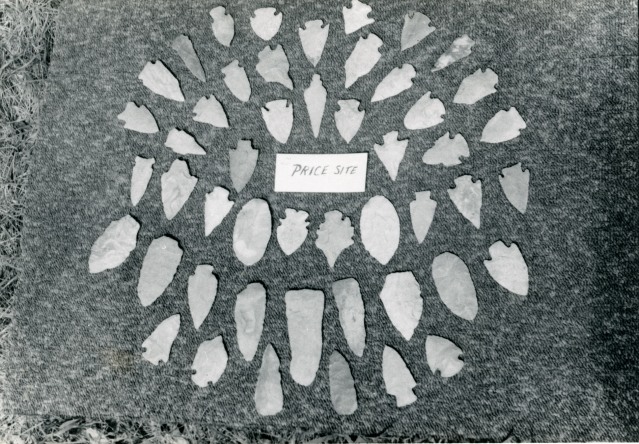
Carl Hoots photographed this group of artifacts found at the Price Site on Norfork Lake.
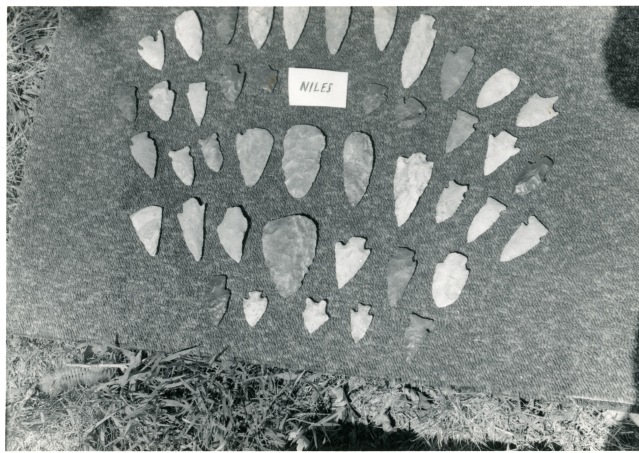
Carl Hoots photographed these artifacts found at the Niles Site on Norfork Lake.

Carl Hoots photographed these artifacts found on the Lick Creek Site on Norfork Lake.

Carl Hoots photographed these artifacts found at the Liner Creek Site on Norfork Lake.
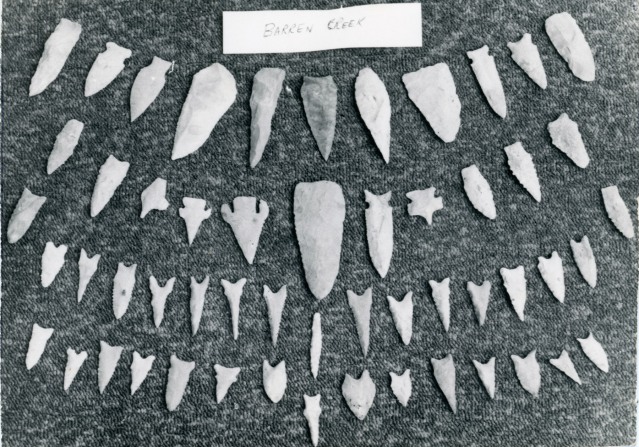
Carl Hoots photographed these artifacts that he found at the Barren Creek Site on Norfork Lake.
To view all photographs in a gallery format or as a full-screen image, click on any image below:
Categories: Family Stories, Uncategorized

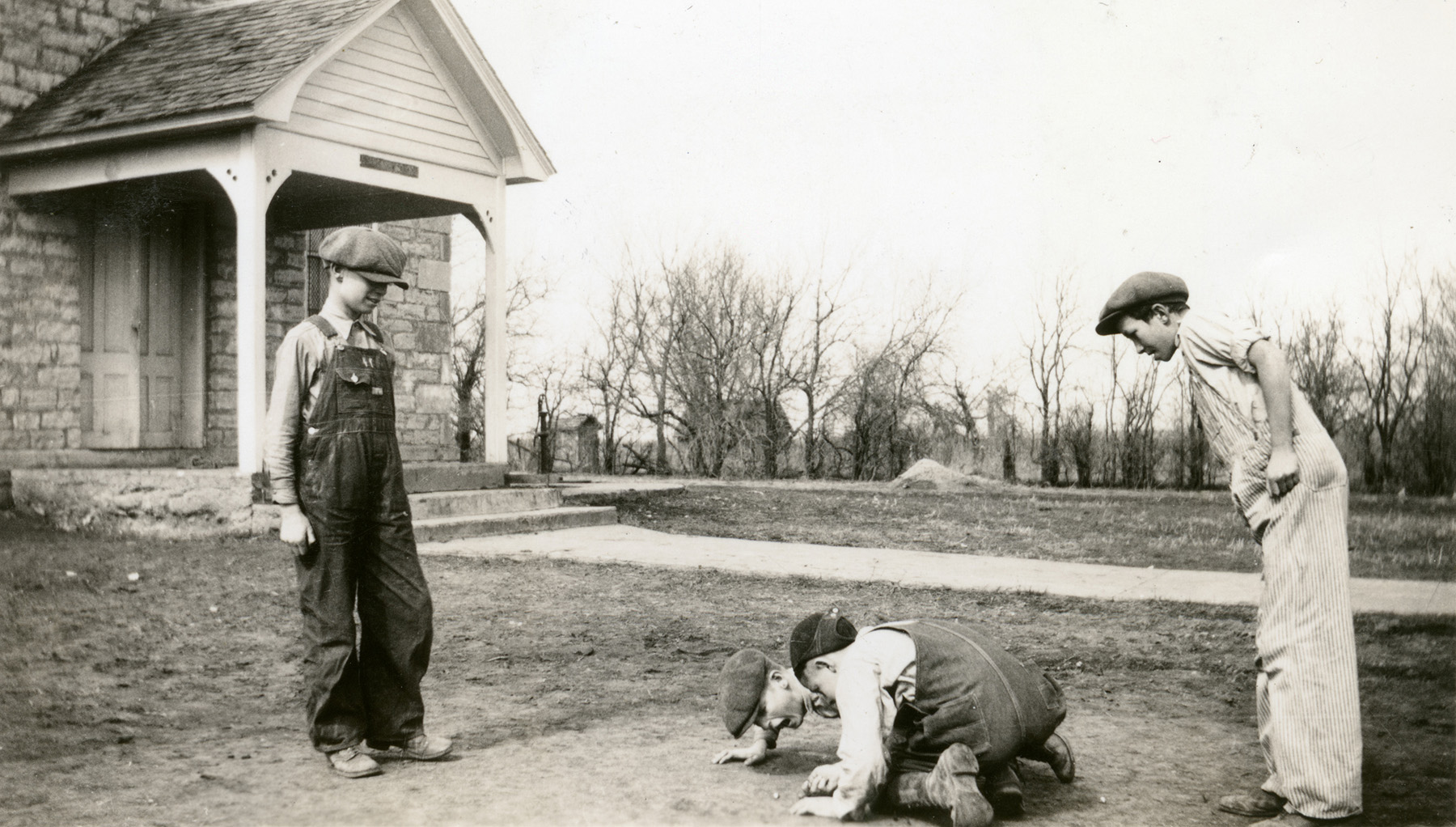




























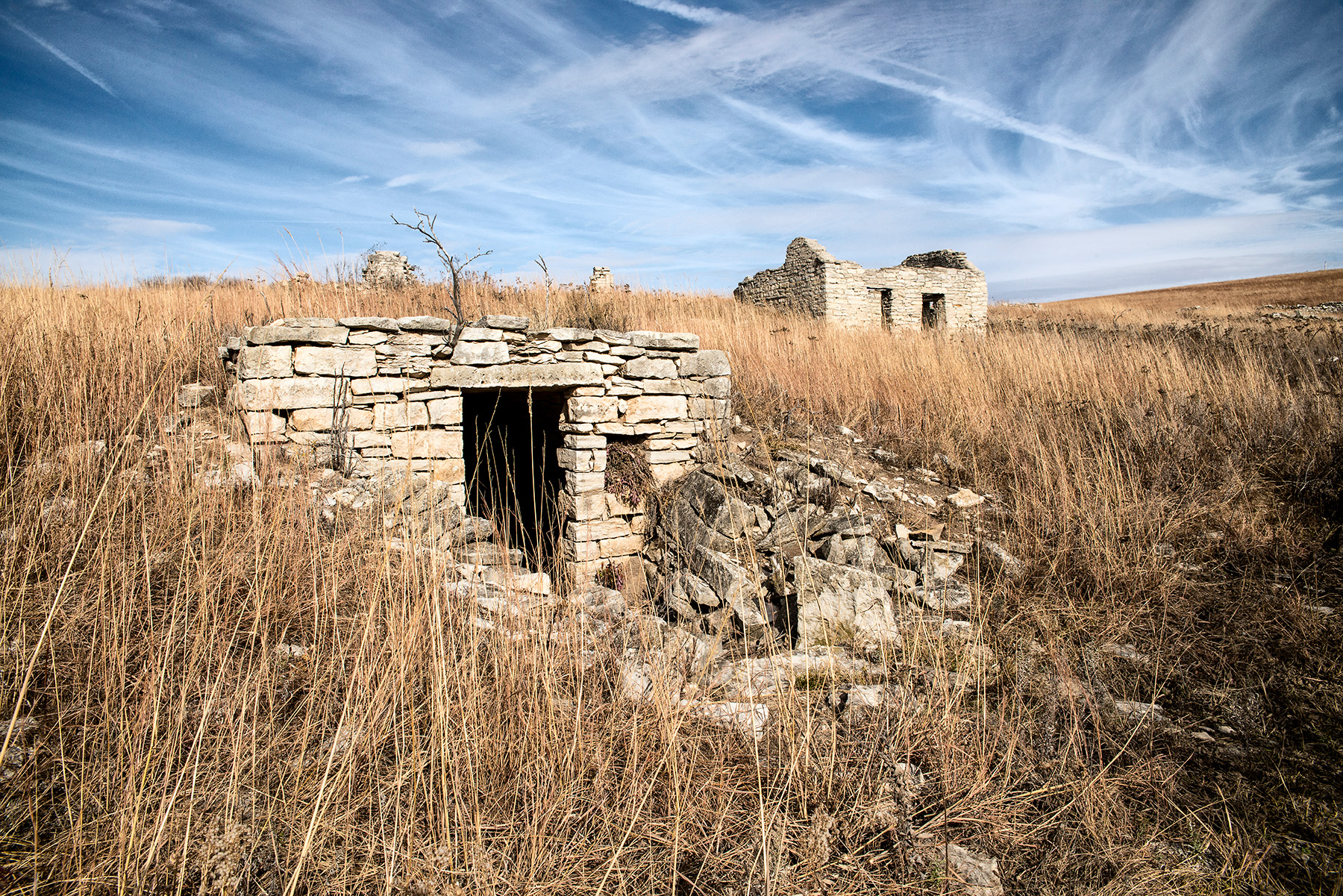
Beautiful! I shared your article with my son-in-law – also an avid arrowhead hunter. Thankyou for sharing.
LikeLike
Thank you so much…my dad was quite proud of his collection.
LikeLiked by 1 person
Thank you for the excellent story. Very interesting photographs. I admire the persistence of Mr. Hoots. Perhaps the artifacts belong in a museum.
LikeLike
Totally amazing story about an amazing man. Ron K
LikeLike
Gosh, these collections are amazing. Thank you for sharing !
LikeLike
Thanks! I’ve actually only have a rather small part of his collection here…in his heyday, it was truly amazing.
LikeLike
Amazing collection , I love to hunt arrowheads around Bryant creek and around liner and lick creek
LikeLike
Hey, Tony, That was my dad’s old stomping ground! You might consider Udall and Barren Creek areas for the kind of sightseeing you are seeking.
LikeLike